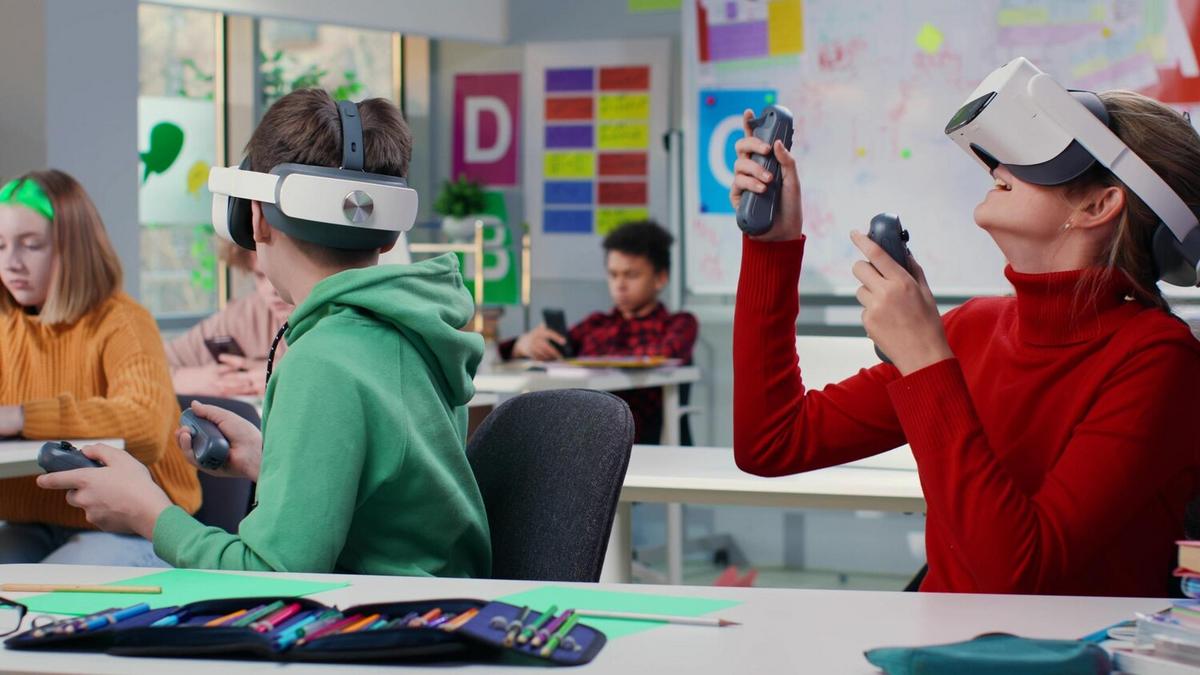
How 5G Technology Will Transform the Educational Sector
As the world becomes increasingly interconnected, 5G technology is set to revolutionize various sectors, including education. This next-generation wireless network promises faster speeds, lower latency, and a more reliable connection, paving the way for unprecedented advancements in the educational field.
The transformative power of 5G in education lies in its ability to enhance connectivity and accessibility. According to a report by Statista, 5G networks are expected to cover 40% of the world by 2025, making high-speed internet more accessible to remote and underserved areas. This expansion is poised to bridge the digital divide, providing equal learning opportunities for students regardless of their geographical location.
Expert Opinions on 5G in Education
Industry experts highlight the potential of 5G to bring immersive learning experiences to life. Dr. Liza Parks, a renowned technology analyst, emphasizes that “5G will enable real-time interaction with educational content through augmented and virtual reality, fostering deeper engagement and understanding.” Such advancements are likely to transform traditional learning methodologies, allowing students to explore complex subjects through interactive simulations and 3D models.
Research Findings: Impact of 5G on Learning
A study conducted by ITU found that educational institutions utilizing 5G technology reported a 20% increase in student engagement due to enhanced interactive content. The research also pointed out that the low latency of 5G supports seamless video conferencing, making remote learning more viable and effective. This is particularly beneficial for conducting virtual field trips and global classroom collaborations.
Personal Experiences with 5G-Enabled Education
Emma, a high school teacher in a rural area, shares her experience of transitioning to a 5G-enabled classroom. “The difference is remarkable,” she notes. “Students can now access high-quality video lectures and participate in live discussions without interruptions.” Emma’s story underscores the potential of 5G to transform educational experiences, making learning more dynamic and inclusive.
Actionable Tips for Educators
- Embrace digital tools and platforms that leverage 5G technology to enhance classroom experiences.
- Encourage students to explore new learning applications that utilize augmented and virtual reality.
- Collaborate with other educators globally to share resources and best practices.
Comparison Table: 4G vs. 5G in Education
| Feature | 4G | 5G |
|---|---|---|
| Speed | 100 Mbps | Up to 10 Gbps |
| Latency | 50 ms | 1 ms |
| Capacity | Limited | Massive |
| Connectivity | Intermittent | Reliable |
| AR/VR Support | Basic | Advanced |
| Remote Learning | Challenging | Seamless |
| Interactive Content | Limited | Enhanced |
| Global Collaboration | Restricted | Expansive |
FAQs on 5G Technology in Education
How does 5G improve remote learning?
5G provides faster and more stable internet connections, enabling smoother video conferencing and access to high-quality educational content.
What are the benefits of 5G for educators?
Educators can utilize advanced technologies such as AR and VR to create more engaging and interactive learning experiences.
Will 5G replace traditional classrooms?
While 5G enhances educational capabilities, it complements rather than replaces traditional teaching methods, offering a hybrid model of learning.
Conclusion
The advent of 5G technology marks a significant milestone for the educational sector. By facilitating faster, more reliable internet access, it opens up a world of possibilities for both educators and students. As educational institutions embrace this new era of connectivity, they can look forward to more inclusive, interactive, and innovative learning environments. To stay ahead, educators should explore the integration of 5G-enabled tools and continue to adapt to the evolving landscape of digital education.


